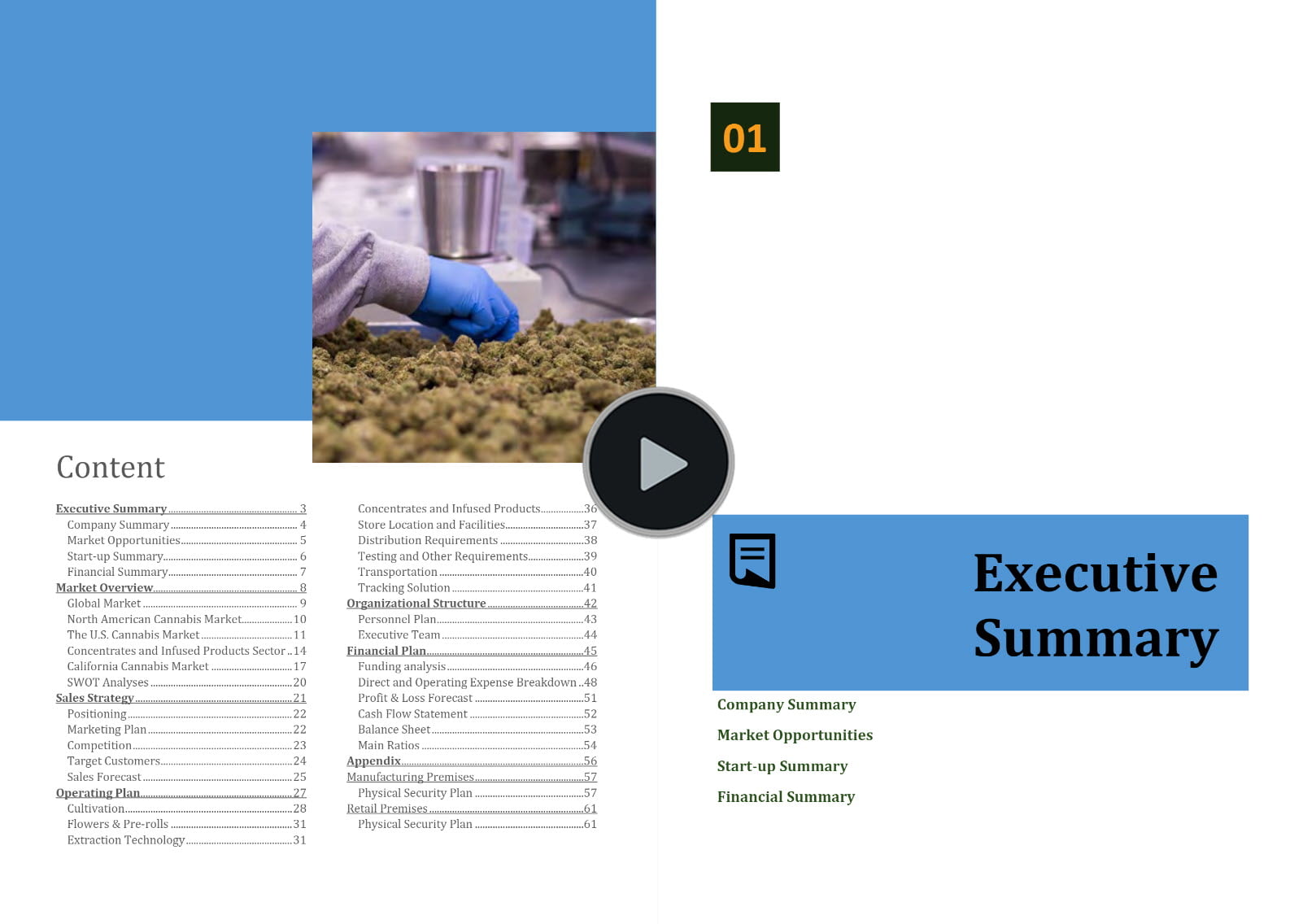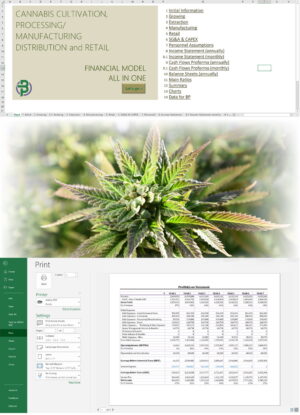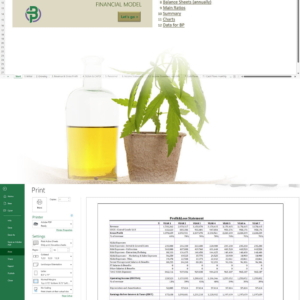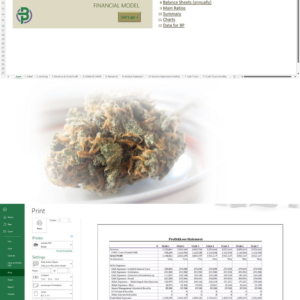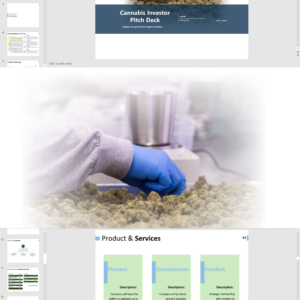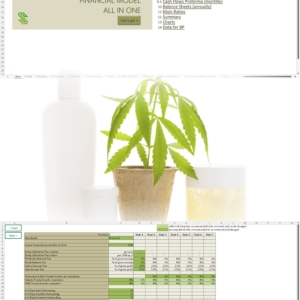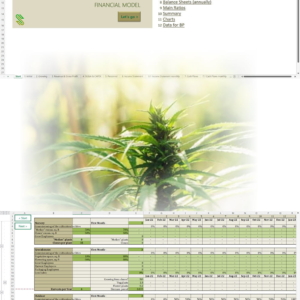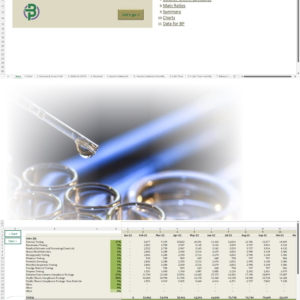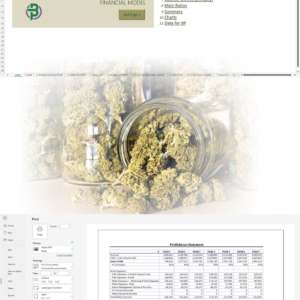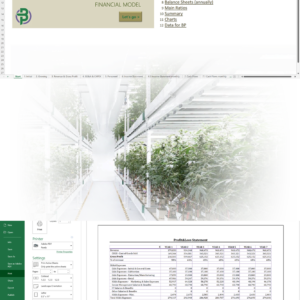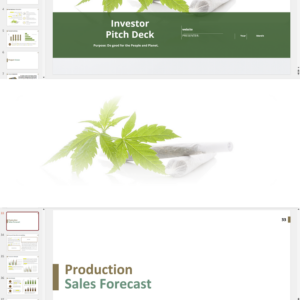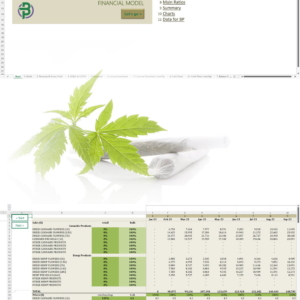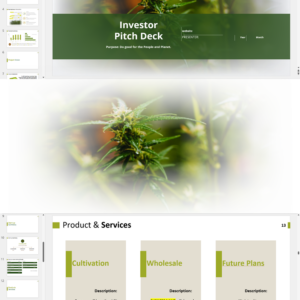Cannabis Legalization in California
California cannabis market pioneered the modern cannabis policy reform movement in 1996 when voters passed Proposition 215, the Compassionate Care Act. State voters approved Proposition 215, the law that made it legal for doctors to recommend cannabis to patients.
In 2015 Gov. Jerry Brown signed three bills that toughened regulations for medical cannabis businesses and sought standards for documentation and testing. The bills are known as the Medical Marijuana Regulation and Safety Act (MMRSA). Collectively, the legislation also paved the way for medical cannabis businesses to turn a profit. The legislation is impacting marijuana business models in other ways. The laws have eliminated the idea of home-based dispensaries. The Act requires licenses for the cultivation, manufacture, distribution, transportation, laboratory testing, and sale of medical cannabis.
Though voters failed to approve adult use in 2010, they voted overwhelmingly in 2016 to make adult use legal in a state that represents the world’s sixth-largest economy.
On November 8, 2016, California voters have approved cannabis for recreational use.
On June 27, 2017, the legislature passed, and Governor Brown signed into law the Medicinal and Adult-Use Cannabis Regulation and Safety Act (MAUCRSA), which creates the general framework for the regulation of both commercial medicinal and adult-use (recreational) cannabis. Under MAUCRSA, the Bureau of Cannabis Control (Bureau) is the lead agency. The Bureau is charged with licensing, regulation, and enforcement of the following types of commercial cannabis businesses: distributors, retailers, microbusinesses, temporary cannabis events, and testing laboratories. The Manufactured Cannabis Safety Branch, a division of the California Department of Public Health (CDPH), is responsible for regulating and licensing manufacturers. CalCannabis Cultivation Licensing, a division of the California Department of Food and Agriculture (CDFA), is responsible for licensing cultivators and implementing the Track-and-Trace system.
On January 1, 2018, the state began issuing licenses for commercial cannabis activity.
California Cannabis Taxes
On November 8, 2016, California voters approved Proposition 64, Control, Regulate and Tax Adult Use of Marijuana Act, which provides:
- Effective November 9, 2016, certain sales of medical marijuana are exempt from sales and use tax.
- Effective January 1, 2018, a 15 percent excise tax is imposed upon purchasers of all marijuana and marijuana products. Additionally, a tax on cultivators of marijuana is imposed as follows:
- $10.08 per dry-weight ounce of marijuana flowers
- $3.00 per dry-weight ounce of marijuana leaves
Beginning July 1, 2022, the cultivation tax no longer applies to harvested cannabis entering the commercial market.
California’s corporation tax law does not conform to the Internal Revenue Code, meaning the automatic denial of deductions under IRC Section 280E does not apply. In 2019, Governor Newsom signed Assembly Bill 37 into law, eliminating California’s conformity with Internal Revenue Code (IRC) Section 280E for licensed Personal Income Tax (PIT) cannabis businesses. Licensed (under the MAUCRSA) PIT cannabis businesses may now deduct ordinary and necessary business expenses on their California income tax return. The bill is effective for taxable years beginning on or after January 1, 2020, and before January 1, 2025.
California Cannabis Licenses
As of January 2024, the state’s three licensing authorities have issued 9,683 commercial cannabis licenses to cannabis businesses throughout the state of California, including 5,472 cultivators, 748 manufacturers and 1,241 retailers, 446 non-storefront retailers, 1,134 distributors, 408 microbusinesses, 150 transporters, 46 event organizers and 38 testing laboratories.
California Cannabis Market Stats
In 2017, California’s regulatory regime allowed only holding state-issued medical cannabis cards to legally purchase cannabis. But that hasn’t stopped sales in the state from eclipsing the other states with recreational sales. Sales in California represented about 34 percent of legal sales in the United States in 2017.
Since January 2018, the program has totaled over $25.8 billion in sales and $5.7 billion in tax revenue, including $2.9 billion in cannabis excise tax, $2.3 billion in sales tax and $501.4 million in cultivation tax.
California Cannabis Market Forecasts
- The California cannabis industry’s total economic impact could be nearly $10 billion.
- It is projected that legal recreational use will make up 61.5 percent of the overall market, illegally purchased marijuana will make up about 29.5 percent of the market and legal medical marijuana use will be about 9 percent of the overall market.
- Medical cannabis sales are expected to decline down to $600 million as people migrate toward the adult-use market.
California Cannabis Market FAQs
Is California the largest cannabis market?
California will remain the world’s largest cannabis market.
How big is the cannabis market in California?
Legal sales of recreational and medical cannabis in the state are projected to exceed $5 billion for the third year in a row.
California Cannabis Market Infographics
Cannabis Cultivation, Extraction, Manufacturing, Distribution and Retail Microbusiness Business Plan Template Sample, California
'70% ready to go' business plan templates
Our cannabis financial models and cannabis business plan templates will help you estimate how much it costs to start and operate your own cannabis business, to build all revenue and cost line-items monthly over a flexible seven year period, and then summarize the monthly results into quarters and years for an easy view into the various time periods. We also offer investor pitch deck templates.
Best Selling Templates
Hemp/CBD business plan templates are available at hempcbdbusinessplans.com.

